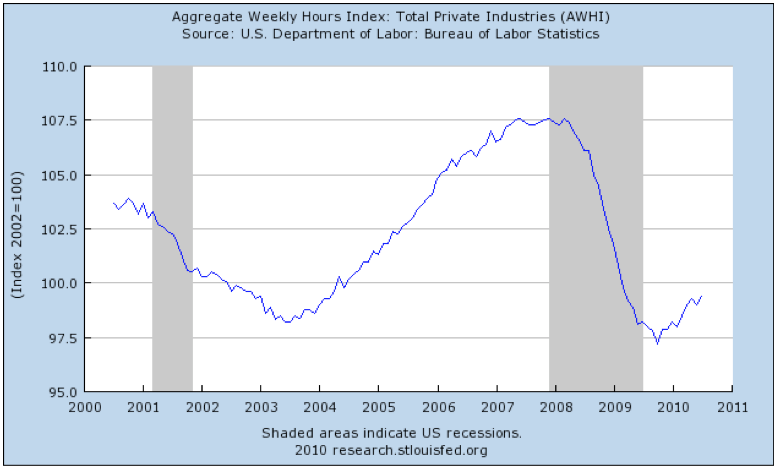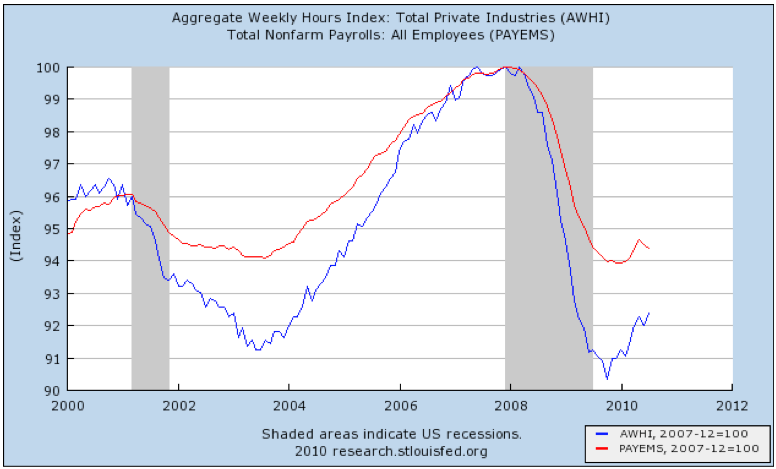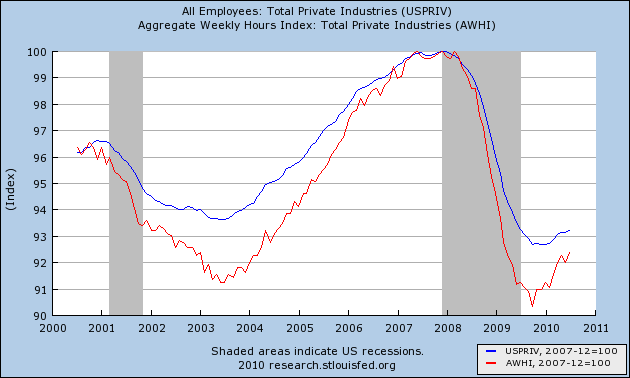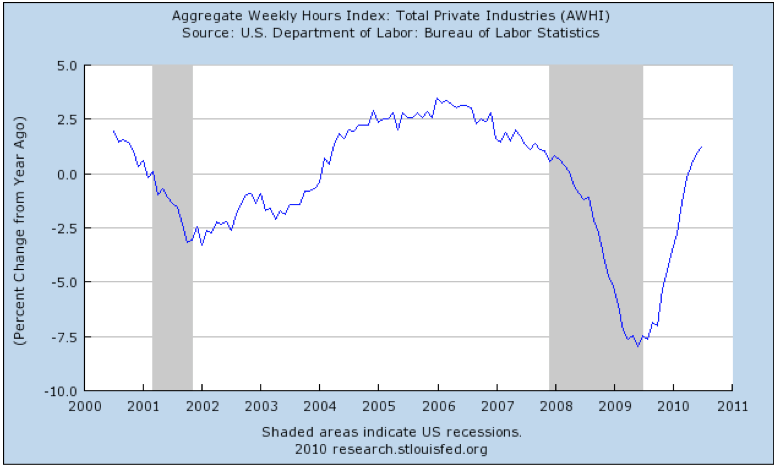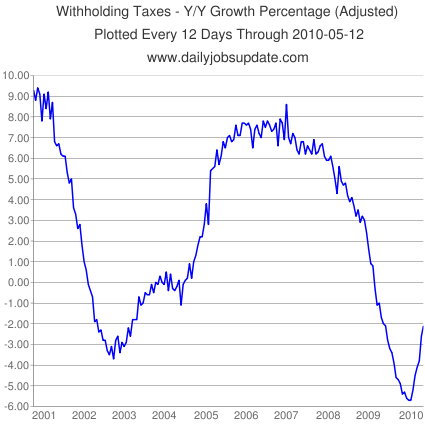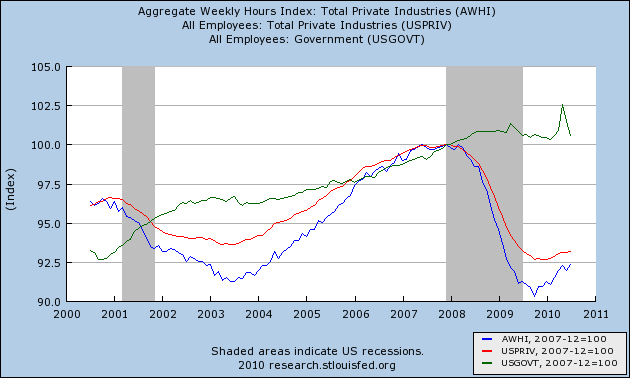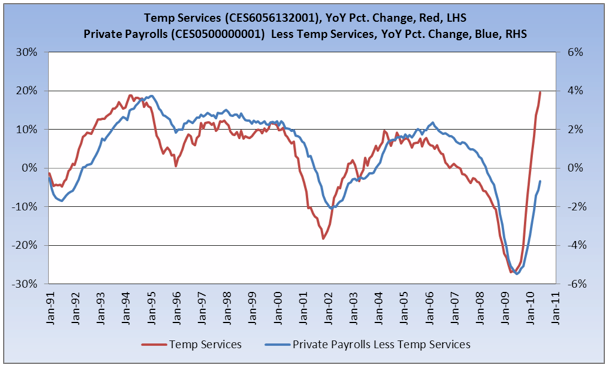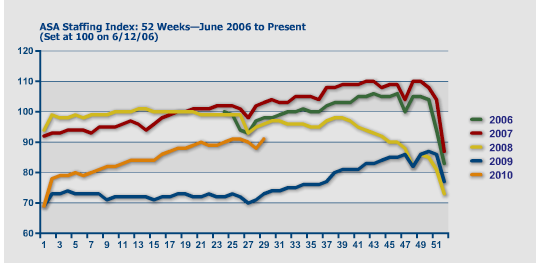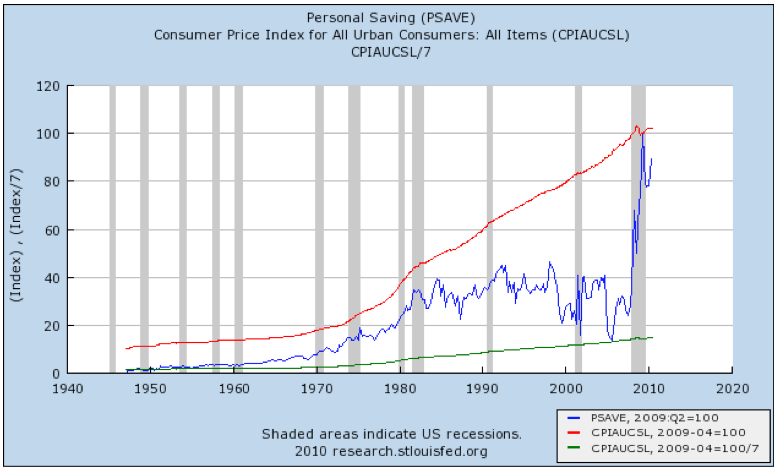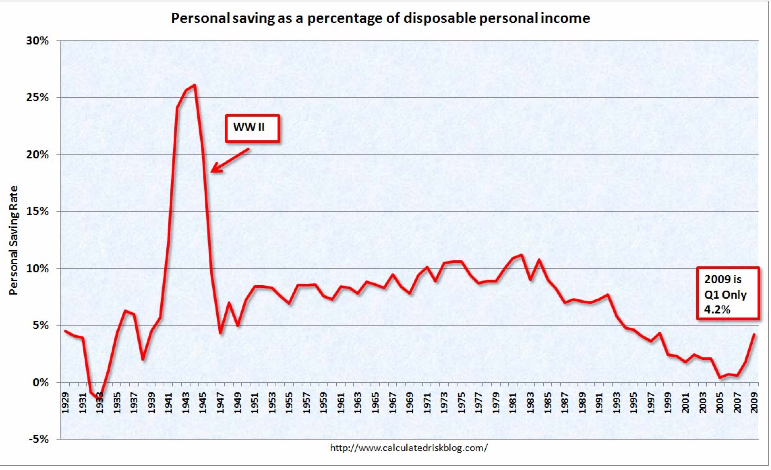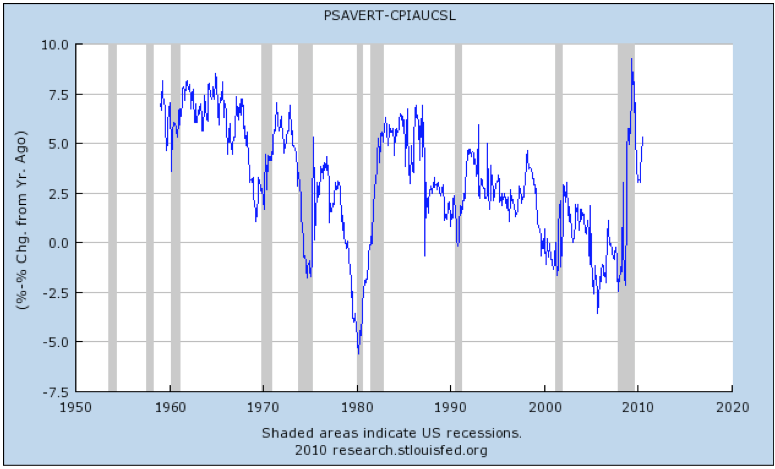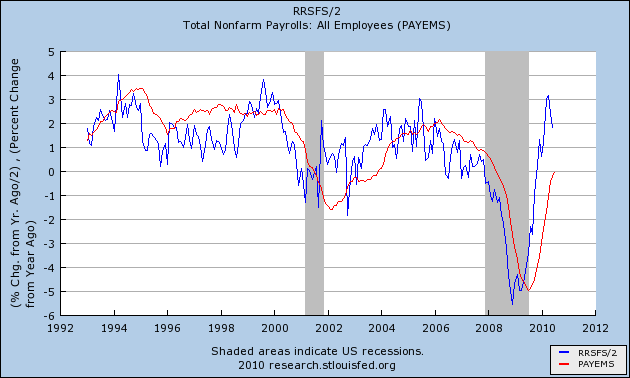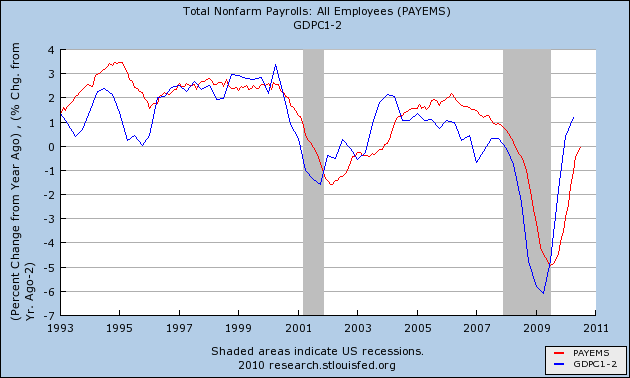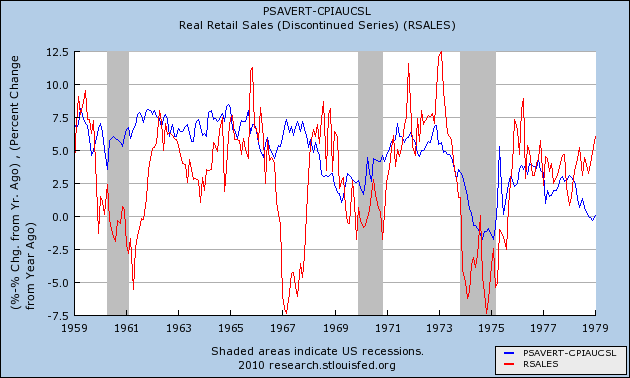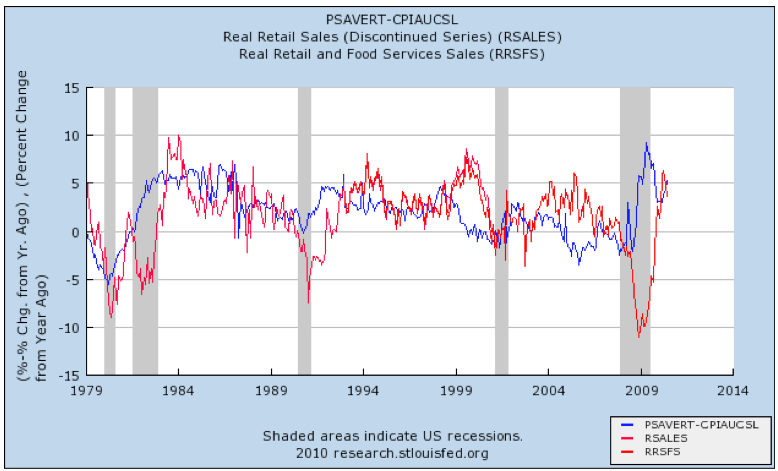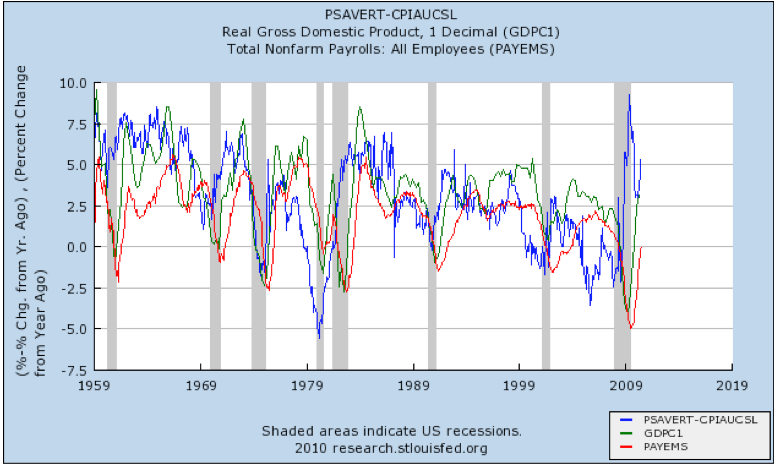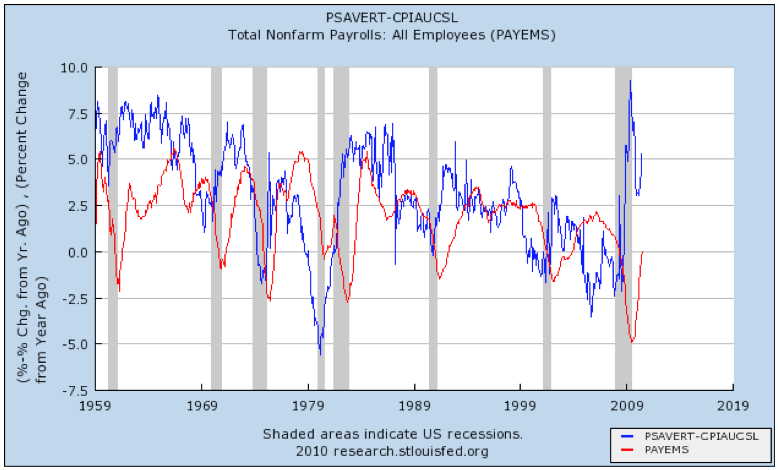A few months ago, I posted a photograph of Kilauea volcano in Hawaii by night, and recommended that readers put the sight on their "bucket list." Since then, I happened across the Hawaiian Lava Daily blog by photographer Leigh Hilbert.
Here is a particularly spectacular piece of his night photography, showing the Milky Way galaxy in the night sky over the lava's fiery ocean entry:
By all means, please go over and check his blog out, not just for the photography, but for his stories -- of eating lava-heated mangoes off an old tree, or of a new resident's seemingly hopeless building of a flimsy rock wall to hold off the advancing flow (be sure to read all the way to the end).
But before you take your weekend break, this week we found out that inflation picked up a little bit, to 0.3% MoM (which is better than the deflation we had in Q2). Import and export prices, however, both declined.
Retail sales were up 0.4%, so real retail sales were up 0.1%, the first increase in three months. June was also revised "less worse" from -0.5% to -0.3%. Consumer confidence about the present snapped back, but future expectations remained in the gutter, although ever so slightly higher (so a miniscule positive to the LEI).
Inventories increased (from extremely taut levels), but most dismally, the trade balance deteriorated sharply. Our consumer stimulus seems to have done an absolutely stellar job -- for factory jobs in China. This is a major, ongoing, structural problem that simply must be solved.
Now, here's what happened with the high frequency weekly indicators I follow:
The Mortgage Bankers' purchase mortgage index rose for the fourth week in a row, another small step up out of the sub-sub-basement. We've almost certainly hit the post $8000 credit termination bottom, but so far there is no real sign of any quick bounce back.
The ICSC reported same store sales for the week ending August 7 rose 3.7% vs. a year earlier, and declined a slight 0.2% from the prior week. Shoppertrak did not make a weekly report, but said that for the month of July, sales were up 4.5% YoY and 2.0% from June.
Gas prices increased to $2.78 a gallon, the higherst in at least 2 months. At a rate of 9.236 million barrels a day, last week remained about 3% higher than least year.
The BLS reported 484,000 new jobless claims, the highest since April. While auto worker anomalies have ended, I this data series is probably still distorted due to filings by laid off census workers, although laid off municipal, state, and construction/real estate employees due to the ending of those two stimulus programs this spring are also excellent candidates.
Railfax did a complete U-turn this week, showing strong growth vs. last year in all 4 sectors: Cyclical, intermodal, baseline, and total traffic turned sharply up.
The American Staffing Association reported that for the week ending August 1, temporary and contract employment grew by w%, pushing the index up two point to 94. This index has resumed growing for the last three weeks, and has grown almost every week this year. I suspect that we will have to wait for the temp workforce to be back to pre-recession levels before we see large numbers of permanent hiring to take place. At present rates, that is still 3-6 months away.
M1 was up 0.7% this week, so is up 4% on a YoY basis. For the month of July, “real M1” finsihed up 2.7%. The trend of the "second derivative" YoY, however, continues to decline. This is of some concern going forward. M2 went up 0.2% this week, or about 2.4% YoY for July. In real terms, M2 finsihed July up 1.1%. To be "out of the woods" in terms of a double dip I would want to see continued positive real M1 and real M2 up more than 2.5%. As an additional note, the unchange MoM M2 means that part of the LEI should be unchanged.
Two weeks ago I started to track weekly BAA commercial bonds, as this series has been reported since the 1920s and may work better than the yield curve in times of deflation. Weekly BAA commercial bond rates dropped .08% more last week to 5.86%, still showing no sign of distress as might be found if another deflationary bust had started.
As usual, there continues to be good news in the Daily Treasury Statement. So far in August $58.7 B has been collected vs. $54.2 B a year ago, a gain of 8.5%. For the last 20 reporting days, we are also up over 7%, $126.6 B vs. $118.2 B. As I discussed earlier today, this series shows that private sector employment is growing, how much is hours vs. new hires is not known.


